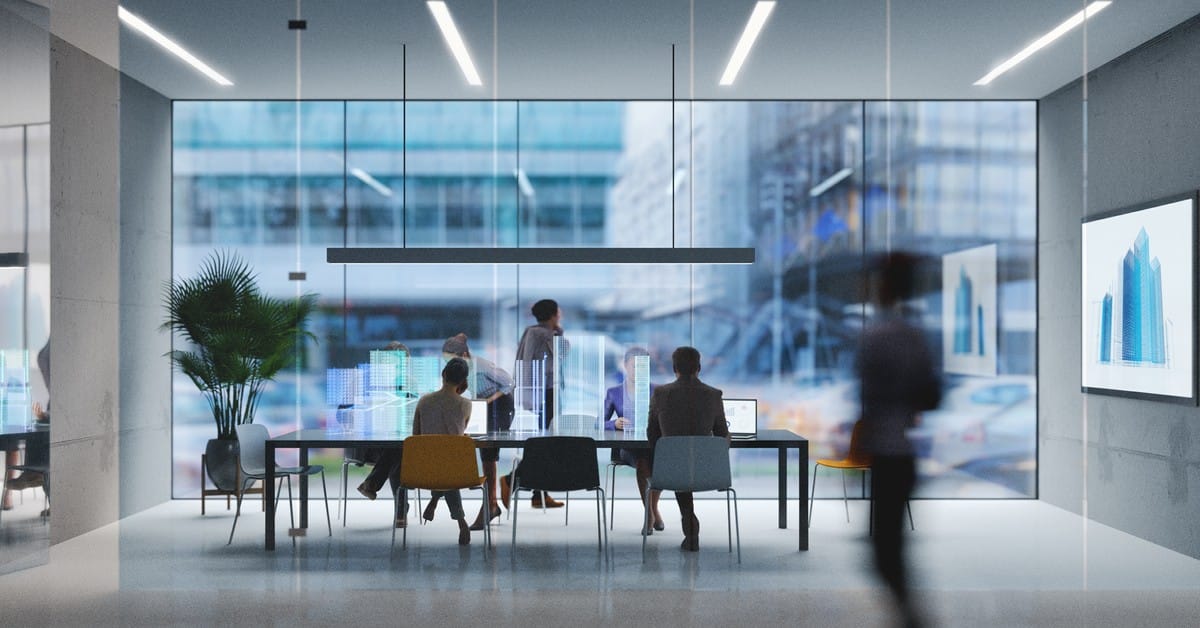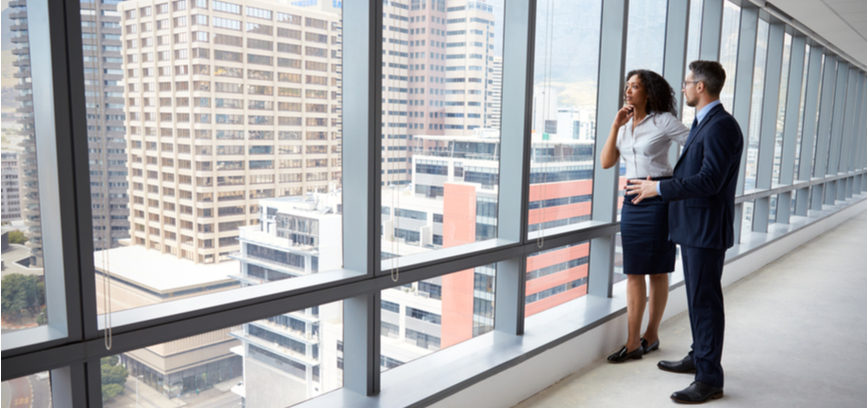“Hybrid work is happening. Your culture will need to catch up — fast.” (McKinsey)
A hybrid workplace includes a mix of on-site and remote work, whether on specific days of the week or by specific teams. Given that basic framework, building and maintaining a positive company culture is more complex than in traditional office set-up, as it needs to encompass the different dynamics of the hybrid work model.
So how do you create a strong company culture and employer brand within a hybrid workplace?
Workplace culture and employer brand are intrinsically linked. Culture creates your brand’s purpose and values. These values are reflected in the way your employees treat each other and interact with customers. How your staff feel about the company and brand not only influences their day-to-day working decisions but also comes across in every customer touchpoint.
A strong, positive and inclusive culture keeps employees engaged and connected, whether they are working onsite or remotely. And this will help them make decisions and interact with customers in a way that ultimately delivers your brand values and promise.
Here are some things to consider when creating a strong company culture and employer brand within a hybrid workplace.
Deliver consistent tools, services, and experiences
Creating a digitally inclusive workplace is critical in a hybrid model. You need to provide the same conditions and opportunities for all employees, whether they are working in the office, at home or at a different location. This means being able to level the playing field for everyone, and delivering consistent tools, services and experiences.
In a hybrid environment, it’s important to provide staff with technology that works anywhere and enables them to access files and applications as if they were working at their physical desk in the office. Make sure they also have equal access to the right tools and services to plan their work, collaborate with colleagues, and conduct or join virtual meetings.
Finally, there needs to be established and consistent work patterns or processes in place that guide employees to get things done efficiently and effectively. This helps create a unified work culture across individuals and teams, no matter where they are working from.
Communicate, then communicate some more
Communication is key in building company culture in a hybrid environment. It’s important to communicate better and more frequently with employees, whether they are working at the office or remotely. Based on Gallup research, employees are more engaged and are likely to stay with an organisation if communication is open, timely and accurate.
Having open communication with both onsite and remote employees helps to build strong connections and create a culture of trust. So make sure you enable staff to have a voice and share their thoughts and ideas.
Remember to stay connected with the team through regular communication and across different channels – email, text or instant messaging. This way, everyone can have equal access to all important company announcements. It’s also essential to check-in and communicate directly with every staff member, through actual phone calls or 1:1 video meetings.
Creating meaning through values, vision, mission and purpose
A company’s values and purpose become critical in creating a unified, positive and meaningful culture. Especially with a diverse and dispersed workforce, employers need to not only build a supportive and inclusive culture, but one that inspires people with common values, mission and purpose.
According to Annelie Xenofontos, Senior Associate Strategy at Axiom Workplaces, “The role of the office is more important because of the shift of understanding – you’re going in with a purpose. And it all starts with leadership.” Yes, it starts from the top. So, make sure your leaders and managers set the example and live by your company values and purpose. They need to communicate these values as well as practice them at every opportunity.
Lastly, having a common purpose not only helps employees stay motivated and unified but also keeps everyone engaged and productive – wherever they are. Purpose can be the key to organisational performance. When employees understand their value and role in the company’s vision and mission, they become inspired to do their best work and contribute to the success of the business. Based on a recent McKinsey survey, employees expect their jobs to bring some sense of purpose to their lives – with 70% saying purpose is defined by their work.
Foster informal interactions within and across teams
Isolation is one of the biggest challenges when working from home or remotely. People want to stay connected and build social interactions with their friends and colleagues in the workplace. Although some employees do get a chance to see each other face-to-face when they are working at the office, it’s still important to have regular informal interactions across onsite and remote teams.
You can start by scheduling fortnightly or monthly events that’s open for all employees to attend, like trivia nights, games, and other social gatherings. Also encourage teams to have their own informal meetings and catch-ups. These social interactions not only improve employee wellbeing, but also keep everyone happy, connected, and engaged.
Plan for conflict and how to manage it
With employees working from different locations and often interacting through virtual platforms, any conflict that arises is often set aside or swept under the rug, without the chance of any resolution.
The key to managing conflict in a hybrid workplace is to build trust with employees and within teams, no matter where people are working from. Everyone should be able to speak out and talk about any conflict, disagreement or misunderstanding.
Opening the lines of communication is also essential in managing conflict. Leaders and managers need to be ready to listen and give sound and unbiased advice. A direct call, either through phone or video, is always better than sending an email or instant message. This way, team members feel that personal touch, even if they are working from a distant location.
Be clear and transparent
People can sometimes feel confused and overwhelmed when working in a hybrid environment. So, it’s essential for leaders and managers to set clear expectations for teams and employees. Make sure everyone understands their roles and responsibilities, whether they are working remotely or at the office.
Annelie added that once expectations have been set, it’s important for leaders to step back, trust and let employees do the work. “It doesn’t matter if they’re remote or in the office. Give them the power to do their best. It’s a whole different relationship – you don’t need them to be in front of you to see they are doing work.”
Trust is definitely critical when building a positive culture – but so is openness and transparency. Keep everyone in the loop, share regularly, and ensure every staff member is informed about what’s happening in the company, industry, and even in the wider community.
If you’d like to learn more about how to prepare for the workplace of the future, read our Progressive Leader’s Guide to the Future of Work in Australia.








